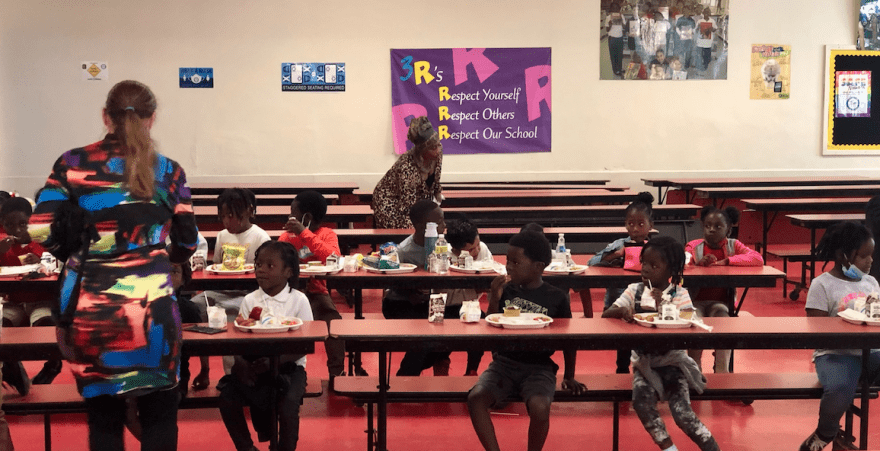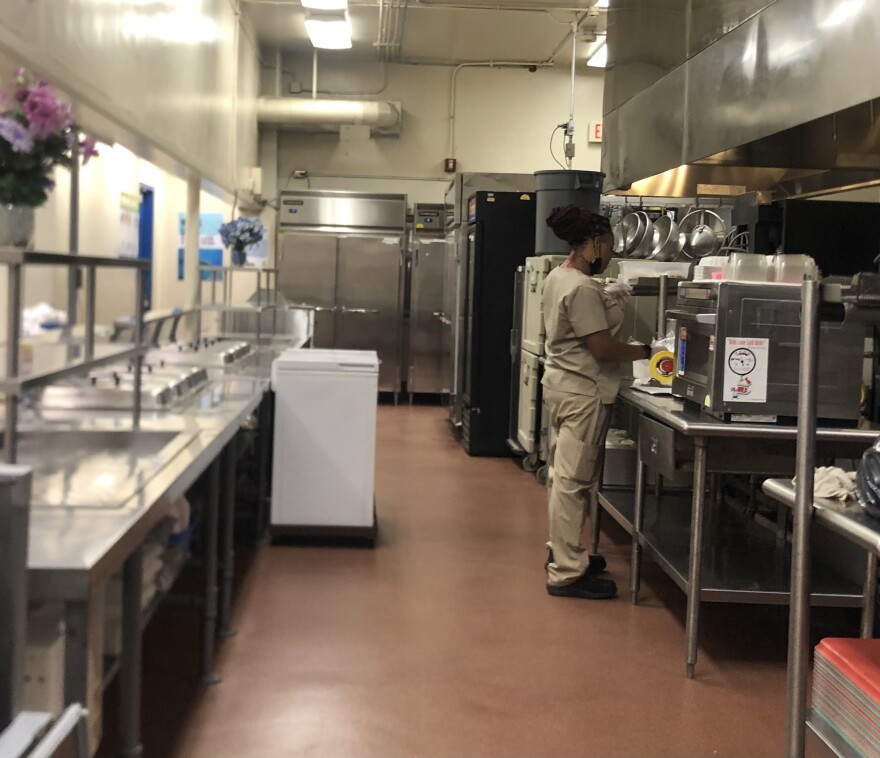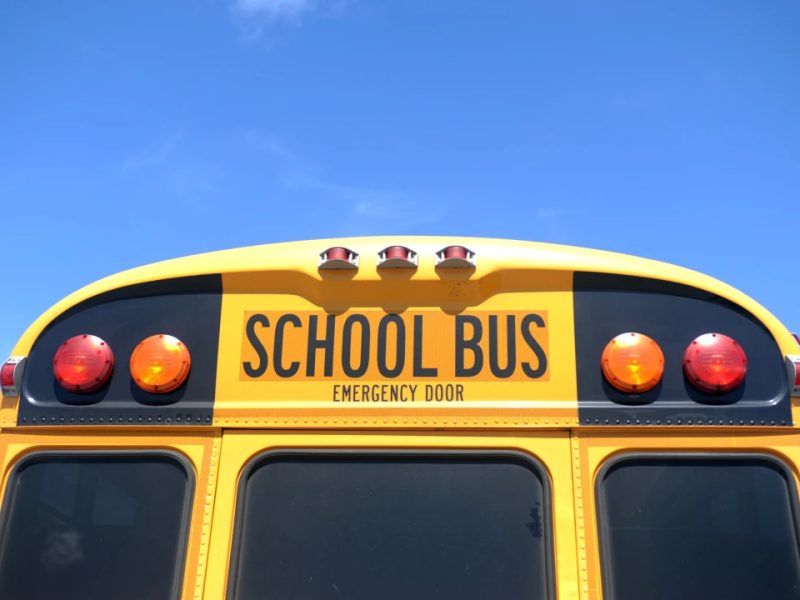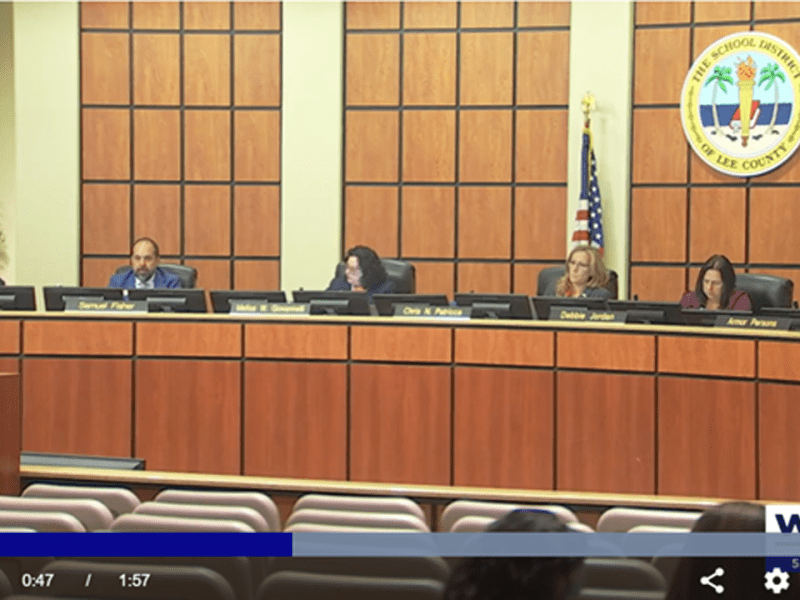
Federal aid for school meals is running out. Here’s how students in South Florida could be affected
WLRN | By Kate Payne | July 11, 2022
For the past two years, every student in the country has been able to eat at school for free. But starting this fall that will no longer be the case. Even as inflation and supply chain issues make it harder to put food on the table, federal pandemic aid for the school meal program is running out. In South Florida, how students will be affected by the changes may depend on which district they live in.
Owyn Spence says he knows what it’s like to be hungry at school.
“You can just hear it. Everyone’s asking you, ‘What is that sound?’ And you’re sitting there for hours — your stomach growling at you,” he said. “You’re just sitting there for hours looking at the clock. It feels like terror.”
Owyn will be starting sixth grade at Edison Park K-8 Center in Miami this fall. Over the summer, he and his brother O’Neil, an upcoming eighth grader, have been eating meals at school too.
When it comes to school cafeteria food, the brothers have complementary palates: Owyn loves chocolate milk while O’Neil prefers juice, so they trade.
“I had the applesauce and juice. And then they had vegetables, like the canned vegetables that you can add. And then these little chicken nuggets,” O’Neil said. “I liked all of it. Except for the chicken nuggets. I didn’t really like it.”
“I had the same thing,” Owyn said, “and I ate everything on my plate.”

Marie Mondesir, who’s heading into fifth grade at Edison Park, says she knows that her education depends on her nutrition.
“In the morning they gave us a good breakfast so when we get to the classroom we have the exact energy that we need for our brains to be open so we can learn what the teacher is telling us,” Marie said.
While the kids were eating, Sonia Brazil was keeping an eye on them. She’s the cafeteria manager at Edison Park and has worked for the district for 37 years.
“That’s my main concern: that all the students make sure they get a nice hot meal in their stomachs,” Brazil said. “It brings joy and peace in my heart when I see the students eating. So I just love what I do. It’s a passion now.”
Brazil acknowledged it’s been a struggle during the pandemic. School food service departments across the country have reported major challenges with keeping their kitchens staffed, a significant increase in food costs, and shortages of staples, from chicken to fresh produce to sporks.
Sometimes suppliers would deliver something totally different than what was ordered, Brazil said.
“You may have supposed to get mixed vegetables. But yuca came. Or something else came,” Brazil said. “So we just made it work. Had to do what we had to do.”

At the beginning of the pandemic, Congress passed a bill that let all students across the country eat for free at school, regardless of family income. Lawmakers also paused some of the rules on what and how they can eat.
“At the height of the pandemic, they were able to leave with their food or in some cases, the child didn’t have to be there at all. The parent could actually come and pick up their meal and bring it home to them,” said Allison Monbleau, the director of Food Service for Palm Beach County schools.
“So those things worked out beautifully. It was able to allow us to connect with more of our students and provide them with their meals,” she added.
Those waivers were scheduled to expire at the end of June. But advocates warned that millions of kids could miss meals if Congress didn’t act.
“When you’re at school, your textbooks are free, you’re receiving free education,” Monbleau said, “so why wouldn’t you get your food for free?”

In late June, Congress passed a last minute compromise temporarily extending those waivers.
All kids will be able to eat for free through the end of this summer. But starting in the fall, schools will have to start charging again — unless they can get grants or find some other way to cover the cost.
According to district staff, Palm Beach and Miami-Dade County schools qualified for a federal program called the Community Eligibility Provision or CEP. Because there are enough poor kids in those districts who qualify for other kinds of federal assistance, all students will be able to eat for free.
“I believe when students are not participating with us, that they’re just not eating,” Monbleau said. “There are many out there that this is their only meal for the day. And if they’re not able to get it for free, and the parents have to pay and they can’t pay, then they go without.”
As for Broward County schools, it’s unclear what’s going to happen. Neither representatives from the federal or state agriculture departments, which oversee the food program, nor a spokesperson for the district would say whether Broward qualifies on a districtwide basis — or whether the district applied. According to spokesperson Keyla Concepción, the district is “looking at alternate options to ensure students in need have access to meals at no charge.”
Monroe County schools didn’t qualify for the districtwide CEP program, because not enough students in the Keys receive federal aid like SNAP, according to district staff.
“The flexibility that we’re going to miss with that is obviously being able to feed all the children without having to worry about their household income,” said Effie Jackson, the director of Food Service for Monroe County schools.
She says that despite inflation and continued supply chain issues, the district plans to keep meal prices the same as they were before the pandemic.
Starting in the fall, families in need in the Keys will once again have to apply for help under a tiered system. Some kids will eat for free. Others will pay a reduced price — 30 or 40 cents — or the full cost: $1.25 for breakfast and up to $2.85 for lunch.
“My message to Congress is just to think about our future. The forefront of our program should be to feed children,” Jackson said. “The paperwork and the red tape of how we get there, that shouldn’t be the main focus.”





